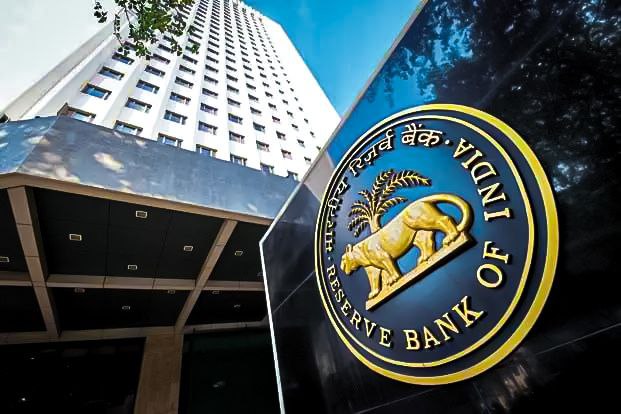In a move that aims to rein in risky lending practices, the Reserve Bank of India recently increased risk weights on various types of consumer loans extended by banks and non-banking financial companies. This regulatory change is expected to have far-reaching implications for fintech startups, e-commerce businesses, consumers, and the broader economy.
Several sectors will feel the pinch of tighter credit availability. Fast-growing fintech companies that utilize alternative data and machine learning models to serve overlooked customer segments may struggle to access funding at favorable rates going forward. This could constrain their ability to disburse loans and harm future growth plans.
Similarly, the e-commerce industry relies heavily on buy-now-pay-later financing options to fuel sales. Major online retailers partner with fintech lenders to offer zero-cost EMIs and other credit products at checkouts. With capital now costlier to source, these platforms may scale back or alter such schemes that have powered expansion.
On the demand side, consumers – especially younger, first-time borrowers with thin files – may encounter more stringent eligibility checks when applying for personal loans, credit cards, or durable goods loans. While prudent for curbing elevated debt levels, this shift could dampen discretionary spending in the near term.
However, the RBI’s moves are also intended to promote financial stability over the long run. By discouraging the rapid, unchecked growth of unsecured consumer credit, authorities want to safeguard the system from potential asset bubbles and reduce stress on household balance sheets from unmanageable obligations.
If successful, getting a firmer grip on credit underwriting practices may shield banks from future losses and assure continued access to low-cost funds. That would support their ability to continuously supply credit to productive sections of the economy. Meanwhile, a more prudently regulated market might still see innovations from next-gen lenders focusing on underbanked populations.
Only time will tell the full economic impacts as adjustments work through various sectors. But for now, responsible oversight of lending exuberance aims to balance today’s growth with tomorrow’s risks – no small task in India’s fast-evolving consumer finance landscape.




